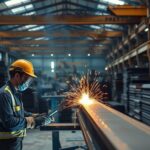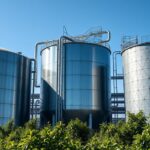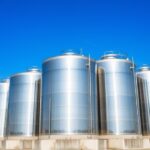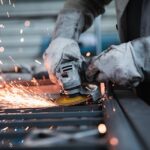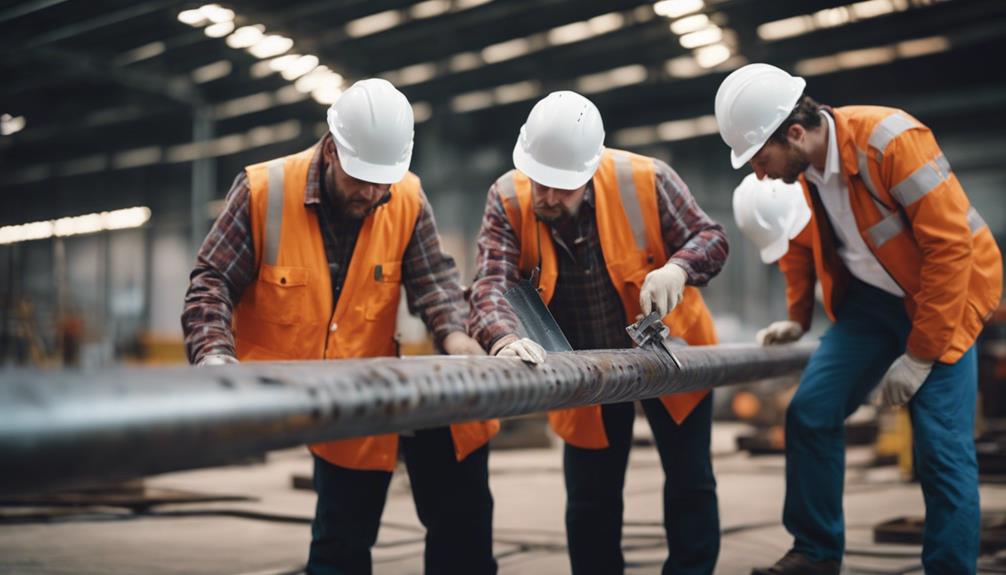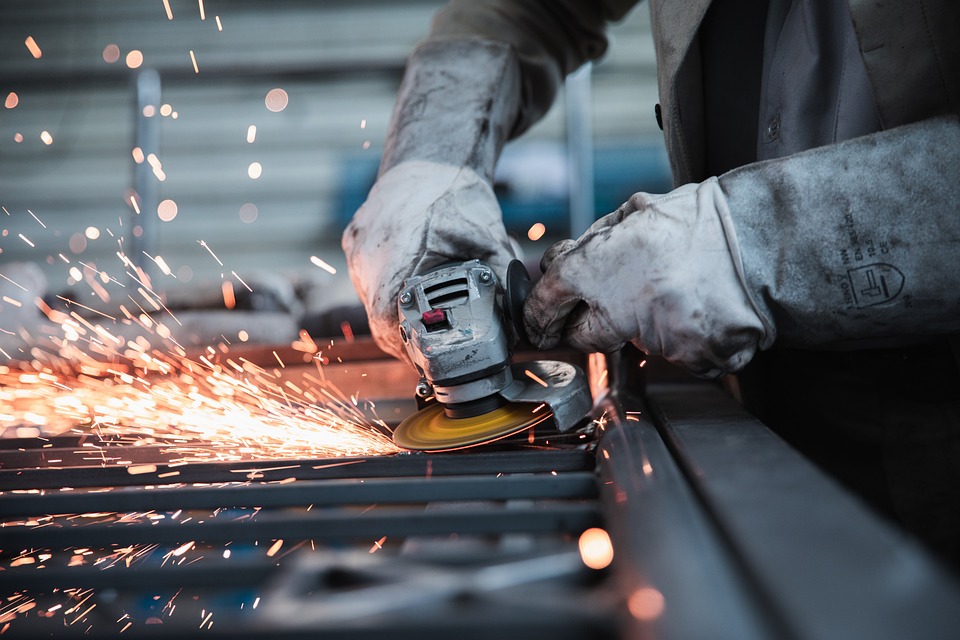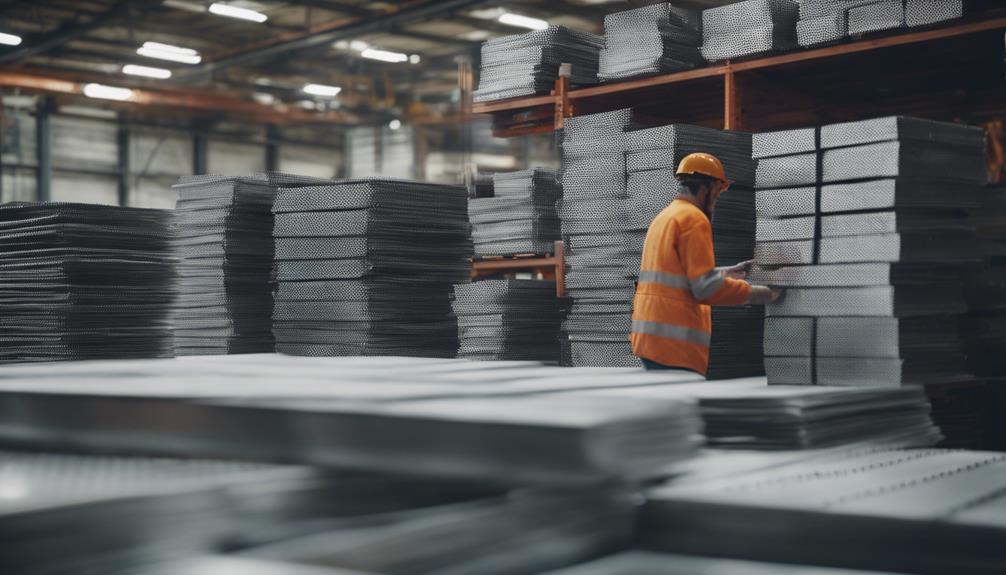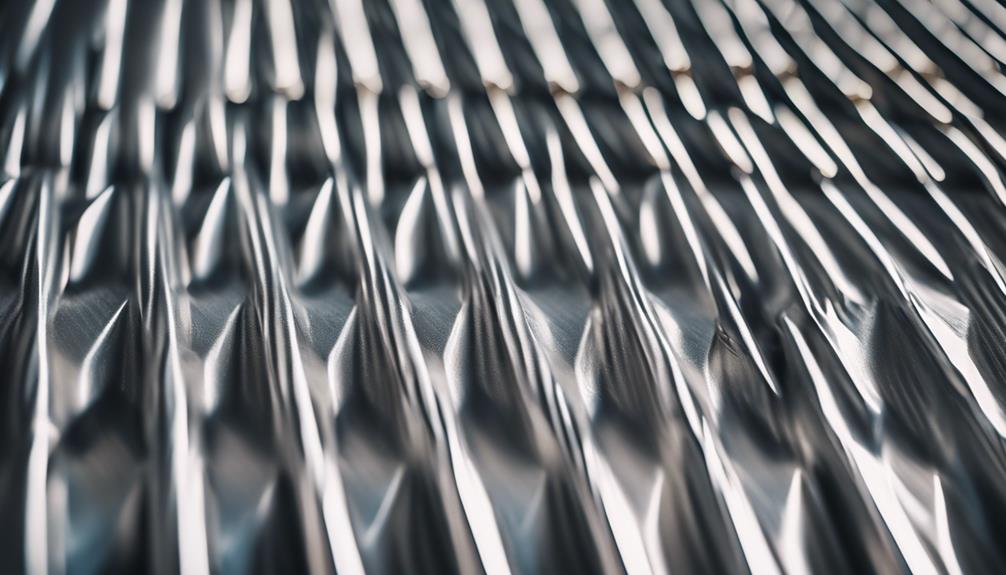Steel inspection is an essential process in guaranteeing the safety and reliability of structural components and piping systems. It plays a critical role in quality control, detecting defects such as cracks and corrosion through non-destructive testing methods like ultrasonic and radiographic testing. Adhering to industry standards and codes is indispensable to prevent hazards and ensure compliance. Certified inspectors conduct visual inspections and non-destructive testing to safeguard the longevity and integrity of steel structures. Understanding the importance of inspection is key to maintaining the structural integrity of steel and pipe systems.
Key Takeaways
- Non-destructive testing methods like ultrasonic and radiographic testing are commonly used for precise defect detection.
- Quality control measures in fabrication focus on weld quality, dimensional accuracy, and material properties.
- Compliance with specifications and codes ensures industry standards are met, preventing hazards and delays.
- Inspectors play a crucial role in ensuring safety, integrity, and compliance with regulations.
- Early defect identification through inspections reduces rework, ensuring structural integrity and reliability.
Importance of Steel Inspection
Guaranteeing the structural integrity of steel components through rigorous inspection is essential for the safety and reliability of piping systems and structural steel frameworks. Steel pipe inspection plays a crucial role in maintaining quality control and detecting defects such as cracks, corrosion, and lack of fusion. Non-destructive testing (NDT) methods, including ultrasonic and radiographic testing, are commonly employed to conduct thorough inspections without compromising the integrity of the materials. By adhering to stringent quality inspection protocols, potential issues can be identified early, preventing costly replacements and repairs. Regular steel inspection not only guarantees compliance with industry standards and regulations but also enhances the credibility and performance of the structures, promoting overall safety and longevity.
Non-Destructive Testing Methods
Non-Destructive Testing (NDT) methods are indispensable tools in the inspection of structural steel and piping systems, offering precise detection of defects without compromising material integrity. Commonly used NDT methods in steel and pipe inspection include ultrasonic testing, magnetic particle testing, and radiographic testing. Ultrasonic testing is effective for identifying internal defects in steel components without causing damage, while magnetic particle testing is utilized to detect surface cracks on steel structures. Radiographic testing provides visual images of internal defects in welds and joints of steel components. These NDT methods, such as ultrasonic, magnetic particle, and radiographic testing, are essential in ensuring the integrity and quality of structural steel and piping systems.
Quality Control in Fabrication
During the fabrication process of structural steel and pipe components, meticulous quality control measures are implemented to guarantee adherence to design specifications and industry standards. Inspections focus on verifying weld quality, dimensional accuracy, and material properties. Essential testing (NDT) is a pivotal aspect of quality control in fabrication, helping to detect defects without causing harm to the steel components. Visual inspections, material traceability, and thorough documentation of inspection results are also key components of ensuring quality. By conducting these inspections during fabrication, defects can be identified early, reducing the need for rework and ensuring the structural integrity and safety of the final product. Quality control in fabrication is paramount for delivering high-quality steel and pipe components for construction projects.
Compliance With Specifications and Codes
For structural steel and pipe components, adherence to specifications and codes is essential to guarantee industry standards and regulatory requirements are met. Compliance with these guidelines guarantees the structural integrity and safety of buildings, bridges, and pipelines. It is vital to follow specifications and codes during the installation process to prevent costly rework, delays, and potential hazards in construction projects. Inspections for compliance with specifications and codes are typically carried out by certified professionals to uphold quality and reliability standards. Non-compliance with these requirements can result in structural failures, safety risks, and legal implications for construction projects. Hence, strict adherence to specifications and codes is crucial for the successful completion of steel pipe installations.
Role of Inspectors in Safety
Inspectors are pivotal in upholding the safety and integrity of structural steel and pipe installations. Their role encompasses the inspection of steel pipes using techniques such as visual inspection and non-destructive testing (NDT). By applying their expertise in these methods, inspectors can identify any structural defects or issues that may pose safety risks. Through thorough inspections, they guarantee compliance with industry standards and regulations, mitigating potential hazards and maintaining the quality of installations. Inspectors play a critical role in safeguarding the longevity and safety of structural steel and piping systems, contributing greatly to the overall integrity of these essential infrastructures.
Inspection Applications in Various Sectors
Amidst diverse industries such as transportation, rail & transit, oil & gas, power, commercial, and water/wastewater, inspection applications play an important role in ensuring structural integrity and compliance with industry standards. In these sectors, steel and pipe inspections are crucial components of quality assurance processes. Inspectors verify that structures and piping systems meet approved specifications, plans, and codes, ensuring safety and reliability. Quality assurance/quality control inspectors conduct visual inspections to confirm adherence to industry standards, providing essential oversight. Inspection services are tailored to meet the specific needs of each sector, ranging from short-term assessments to long-term projects. Specialized services such as consulting, supervision, plant audits, and construction management further emphasize the importance of quality assurance across all industries.
Frequently Asked Questions
What Is the Standard of Steel Structure Inspection?
The standard for steel structure inspection involves verifying compliance with industry codes and regulations, ensuring proper installation of components and connections, adherence to welding procedures, and using non-destructive testing methods to detect defects.
How Do You Inspect Structural Steel?
Inspecting structural steel involves visual examinations, non-destructive testing, and verification of welding procedures to guarantee quality and safety. Inspectors assess bolted connections, evaluate structural integrity, and use methods like ultrasonic and magnetic particle testing to detect defects, maintaining compliance with industry standards.
What Are the Key Areas of the Steel Structure to Be Inspected?
Key areas of steel structure inspection encompass welds, bolted connections, column bases, beams, and bracings. The focus is on ensuring proper fabrication, installation, and connection of structural steel components to guarantee safety and compliance.
What Must Be Taken in to Consideration During Pipe Inspection?
During pipe inspection, various factors such as material defects, corrosion, weld integrity, and installation quality need to be meticulously assessed. Dimensional accuracy, surface imperfections, and adherence to industry standards are critical aspects that must be considered.
